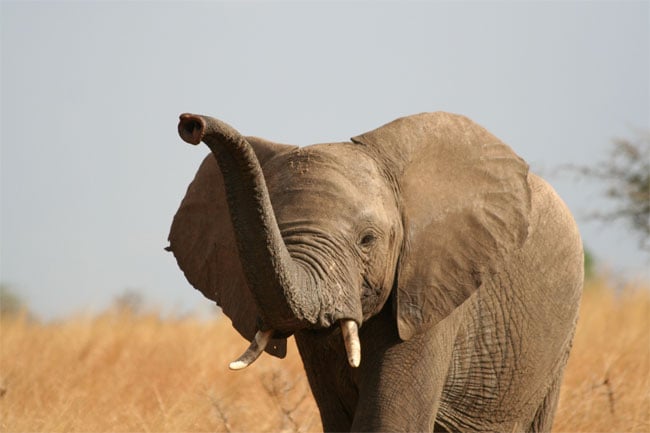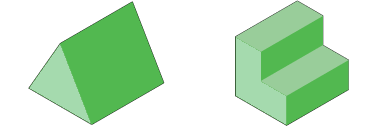As the words suggest, a surface area is the area of a surface. Here are some examples:

In construction, surface area affects planning (how much material to buy) and costs (how much to charge) in connection with such things as plasterboard, roof tiles, and paint.
In manufacturing, surface area is related to similar issues, such as the cost of making boxes or printing, or sheet metal parts.
In designing, surface area enters into calculations of wind resistance and drag in cars or aeroplanes, as well as pressure and strength of materials.
The surface area exposed to air affects how fast something cools or heats or dries out. Elephants, for example, need big ears to increase their surface area for cooling purposes.
Many objects have complex shapes to increase their surface area: the inside of your lungs, intestines, and brain, air cleaners, radiators - and towels. Others avoid flat shapes to minimise surface area and avoid drying out: pine needles and cactus for example.
Many things you buy for home use are priced by surface area - or, if not, it may be worth determining their cost per square metre to decide which is the best buy.
Surface area of prisms
A prism is a solid, three-dimensional object that has identical end faces. The end faces are joined by a number of rectangular faces.

The triangular prism shown below has two triangular end faces, and then three rectangular faces joining them. We could see that this shape would have a net that looks something like this:

The surface area of this shape will be the sum of the area of all the faces: the two triangles and the three rectangles.
We know how to find the area of triangles and rectangles, so these calculations will be straightforward.
Have a look at this applet to see how to unfold prisms.
To calculate the surface area of a prism we add up the areas of individual faces. We should take care not to miss faces or double up, but we can take shortcuts where possible (like multiplying an area by the number of identical faces).
$\text{Surface Area of a Prism}=\text{Sum of areas of all faces}$Surface Area of a Prism=Sum of areas of all faces
Practice questions
Question 1
Consider the following cube with a side length equal to $6$6 cm. Find the total surface area.

Question 2
The dimensions of a trapezoidal prism are given in the following diagram (not drawn to scale):
Find the surface area of the trapezoidal prism.
Question 3
Find the surface area of this prism.
Question 4
Given the following triangular prism. Find the total surface area.


